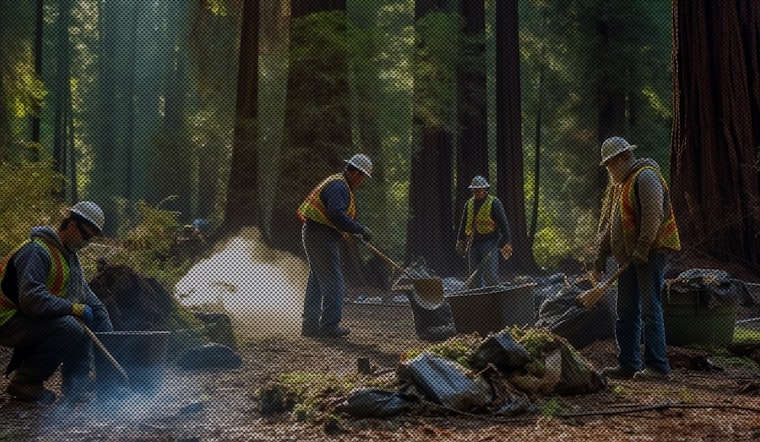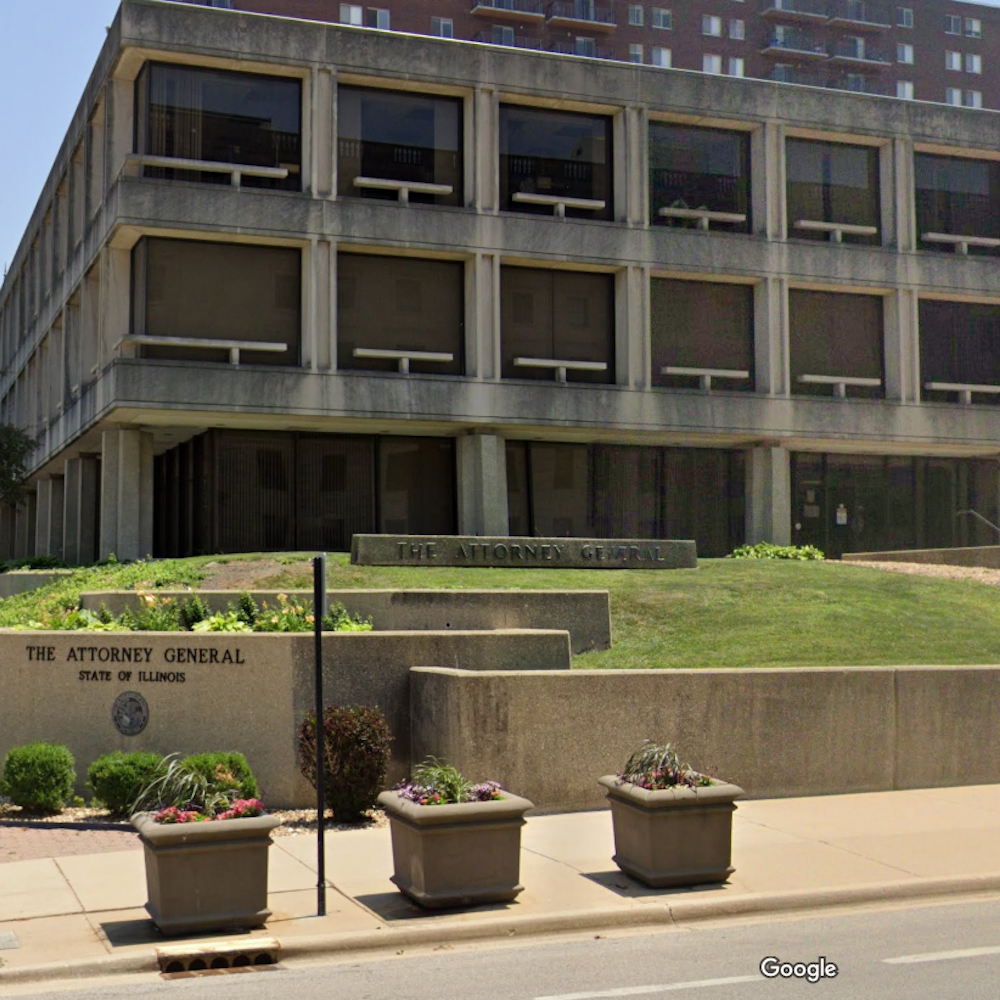
The recent clearing of homeless encampments in cities across Northern California has sparked fiery debates on the appropriateness and effectiveness of these actions, as economic and social pressures only continue to compound the homeless crisis within the state, prompting some to question the methods used by city authorities for displacement. In the newest round, Santa Cruz cleared the Sycamore Grove encampment, despite city efforts to rehouse the displaced individuals, Santa Cruz Sentinel reported earlier today. Many of the individuals have yet to be placed in suitable housing, instead scattering to other areas in search of shelter.
These controversial actions are not new, and have seen similar displays of frustration from displaced residents in San Jose's Coyote Creek, where the eviction of around 200 homeless residents led to concerns about their welfare and a shortage of available shelter, just a few days ago. A week ago, the Chronicle noted another instance in which San Francisco attempted to close an RV homeless shelter, attracting protests from city supervisors who fear the loss of valuable shelter for residents, in the face of a rampant housing crisis.
Earlier this month, Oakland removed the last of the Wood Street Commons encampment following years of controvers regarding alternative shelter options, such as the Wood Street cabin program and Safe RV Parking program. Some consider these options inadequate, demanding more comprehensive supportive services and a stronger sense of community for those affected by homelessness. At the heart of these debates lies a need for innovative solutions that not only address immediate needs but promote sustainable, lasting change for everyone affected by homelessness, including homeowners and businesses in the respective areas.
As the public assesses the merits and ethics of clearing homeless encampments, it is essential to analyze the varied dimensions that contribute to this complex issue, which include environmental concerns, mental health, safety, social welfare, and the economic landscape, all of which interact and influence each other in ways that demand equal attention. Acknowledging the diverse experiences and perceptions of the individuals displaced by these actions is also vital, as every person forced to relocate has their own story, values, and needs that must be considered in the decision-making process.
Indeed, there is no denying that in some instances, the closure of encampments has been necessary for protecting public health and safety, particularly given the increase in environmental hazards, sanitation concerns, and crime that these sites can often generate. According to San Jose Spotlight and KRON4, for instance, both the Coyote Creek and Wood Street Commons cleanups were said to be necessary for addressing fire risks and environmental degradation in the encampments.
However, these closures are also met with justifiable concern given the scarcity of suitable accommodation available to those impacted by homelessness. The dramatic increase in housing costs throughout California cities only works to exacerbate the issue, with many remaining displaced and without a stable place to call home. Initiatives such as the Safe RV Parking program, Wood Street Commons cabin program, and other alternatives often come up short in addressing the unique needs of these communities, leaving a glaring divide between the objectives of city authorities and the priorities of those they are trying to help.
Ultimately, what becomes clear in these discussions is the urgent need for comprehensive solutions that prioritize the well-being and stability of those affected by homelessness, especially given the complex and multifaceted nature of their struggles. Such solutions must not only be informed by the various dimensions at play in the housing crisis but should also seek to actively engage with the communities themselves, listening to their concerns and aspirations in order to bridge the gaps that current shelter options and initiatives appear to leave.








-1.webp?w=1000&h=1000&fit=crop&crop:edges)
